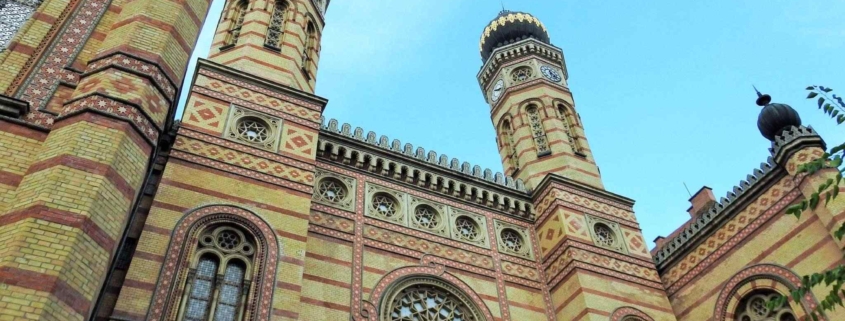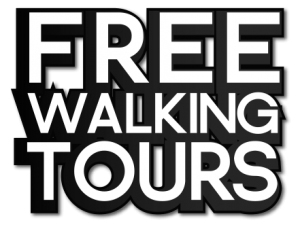First, read a few sentences about Hungary during the second World War. The country lost about 2/3s of its territories after losing the first World War. After 1933 Hungary was trying to get closer to Germany hoping to get back lost the lost lands. In the beginning of the second World War Hungary was trying to stay with armed neutrality. In 1939 our country joined the German-Japanese Anti-Comintern Pact, however Hungary denied helping Germany in occupying Poland in the beginning of the war. Until 1942 the Hungarian army helped the Nazis at some military affairs but then in 1942 started having secret negotiations with Allies. Nazi leaders got to know this in 1943 and in 1944 (19th of March) our small country was occupied by them.
The Budapest Ghetto was a ghetto set up in the capital city, where Jewish people were forced to relocate by a decree of the Hungarian Government during the final stages of the second World War. The ghetto existed only from 29th November 1944 – 17th January 1945. The area of it consisted of several blocks of the old Jewish quarter. Some of the borders were the Király street and the Dohány street, and the ghetto included the two main synagogues of the city, the Neolog Dohány Street Synagogue and Orthodox Kazinczy Street Synagogue. In January 1945 the number of Jewish people in the ghetto was about 70 000. On the 17th of January 1945 it was the Soviet Red Army that liberated the ghetto. The planks surrounding the area were used for firewood, it was a really cold winter. After the liberation of the ghetto they found about 3000 unburied dead bodies, these were buried in the courtyard of the Dohány Street Synagogue.
They demolished the last remaining section of the Budapest ghetto wall in 2006 during some construction works. This piece was situated in the backyard of a building on the Király street, number 15. It was originally an old stone wall topped with barbed wire used by the Nazis in 1944. This piece of wall is close to the Gozsdu Courtyard which has luxury apartments, bars, clubs and restaurants nowadays. At Király street 15., at the back of the courtyard of the private building, a memorial wall was erected in 2008, using some original material, however not matching the exact details. Outside, on the façade of the building you can see a memorial plaque. Moreover, some small bits of the ghetto wall can be still seen in some areas in the Jewish quarter.



